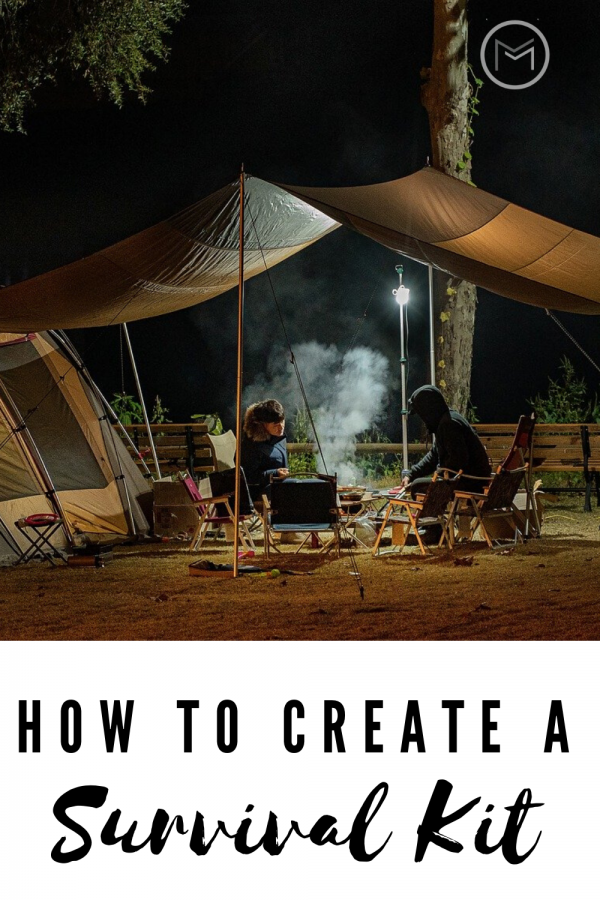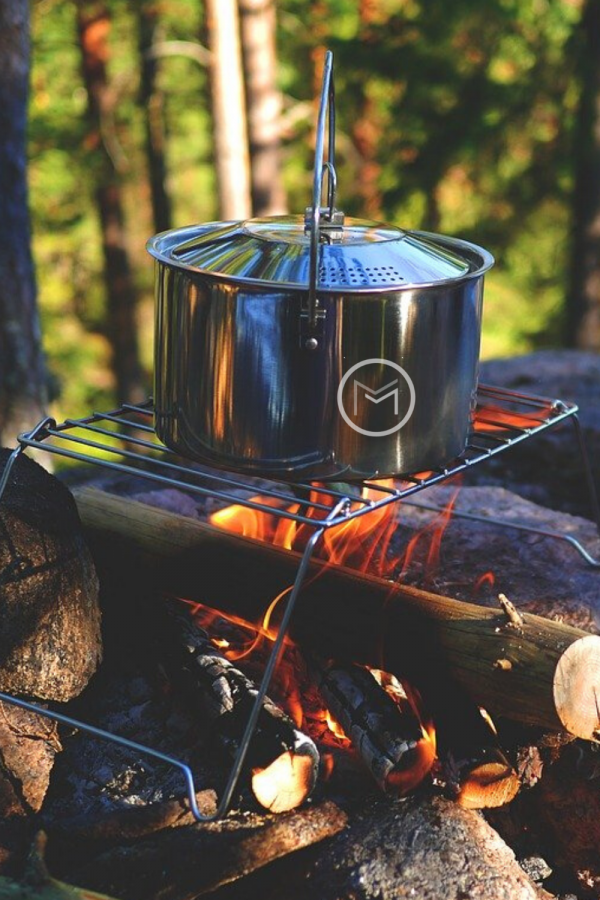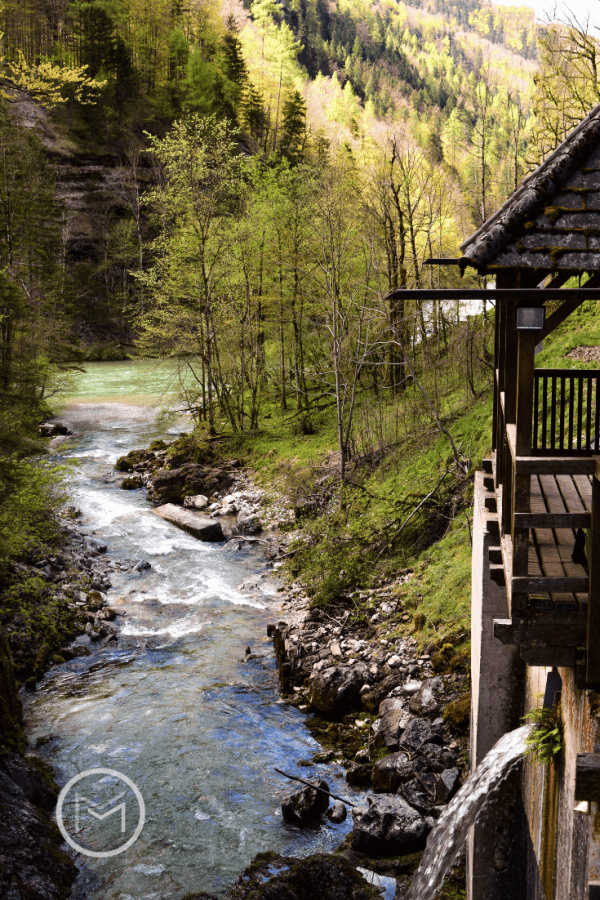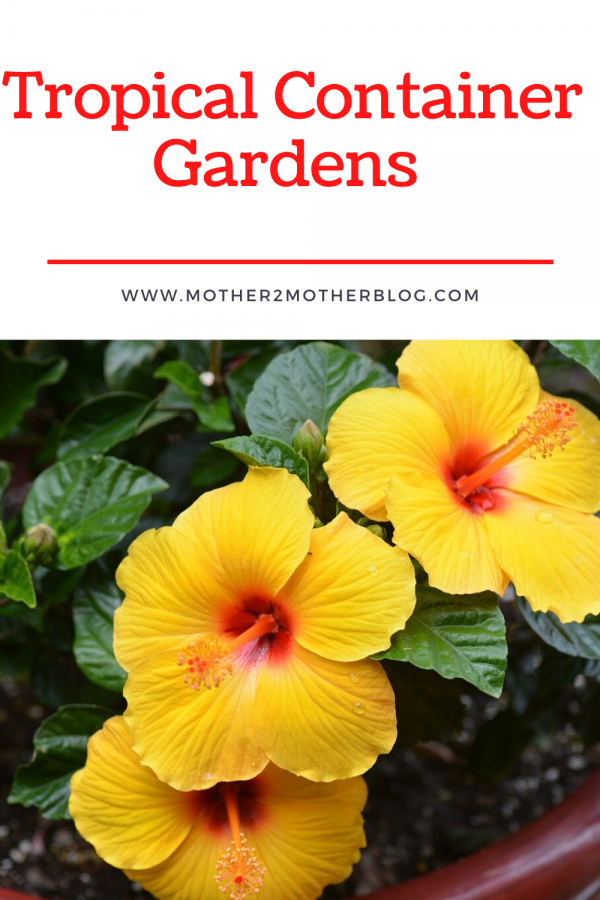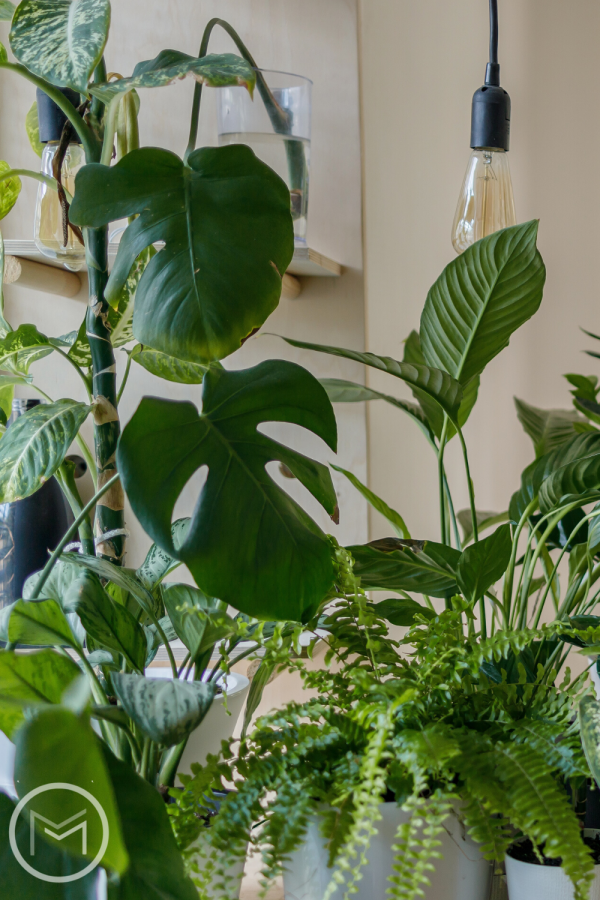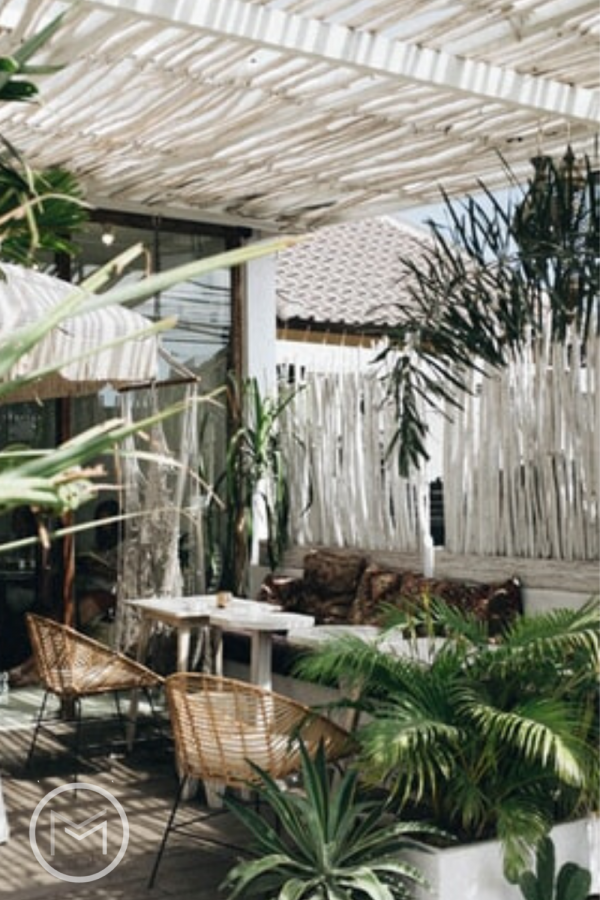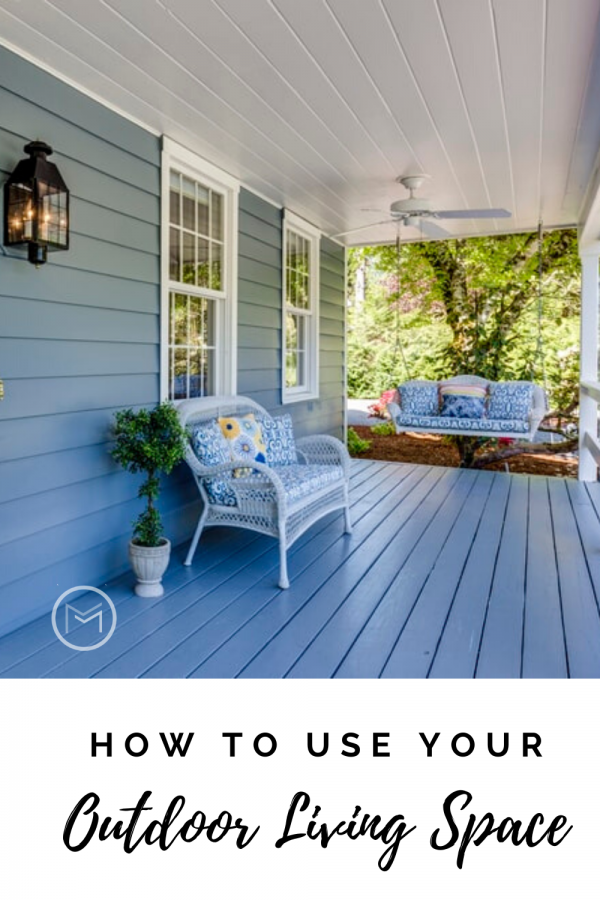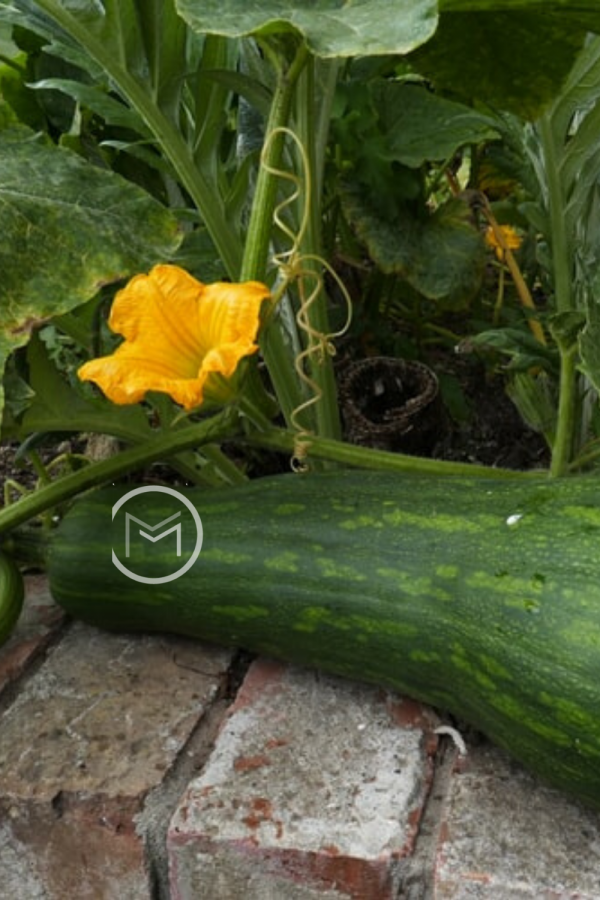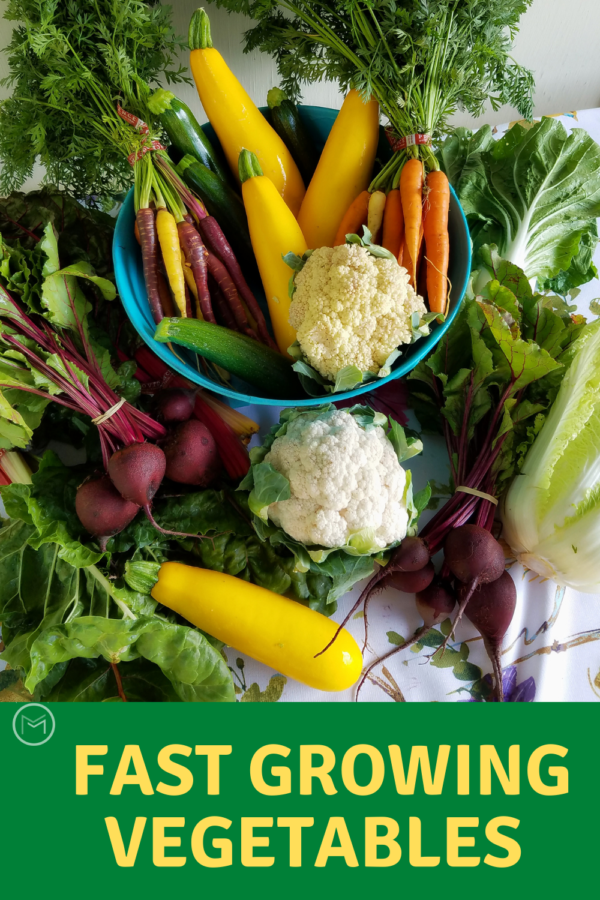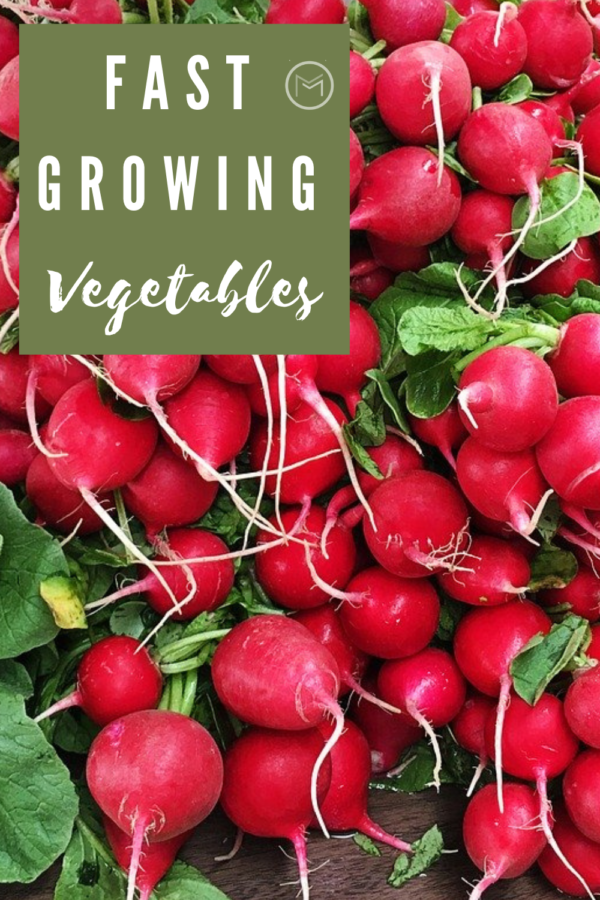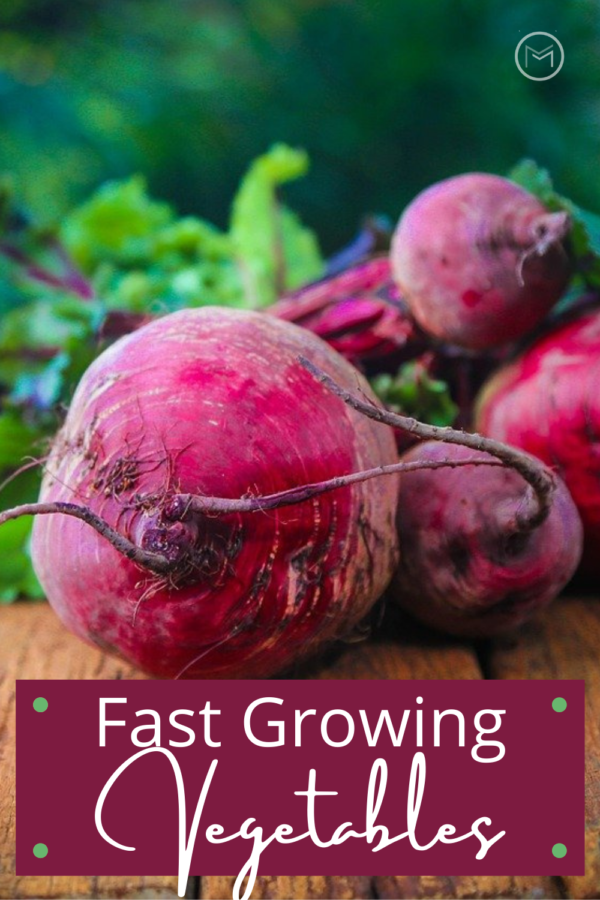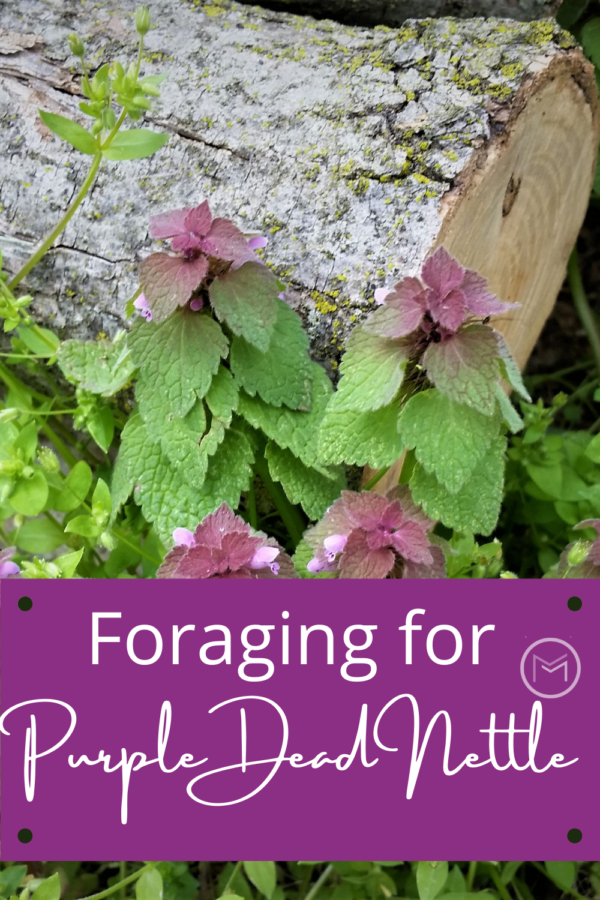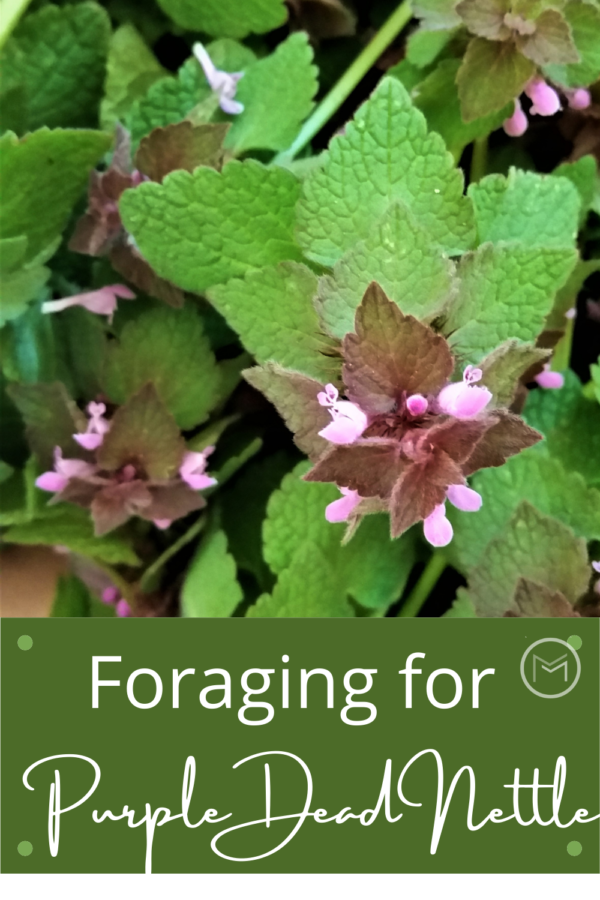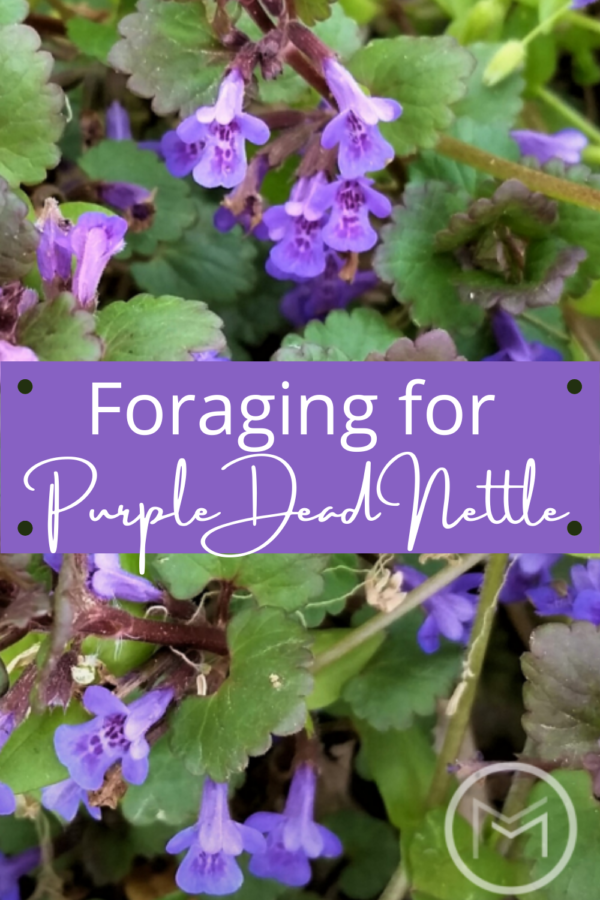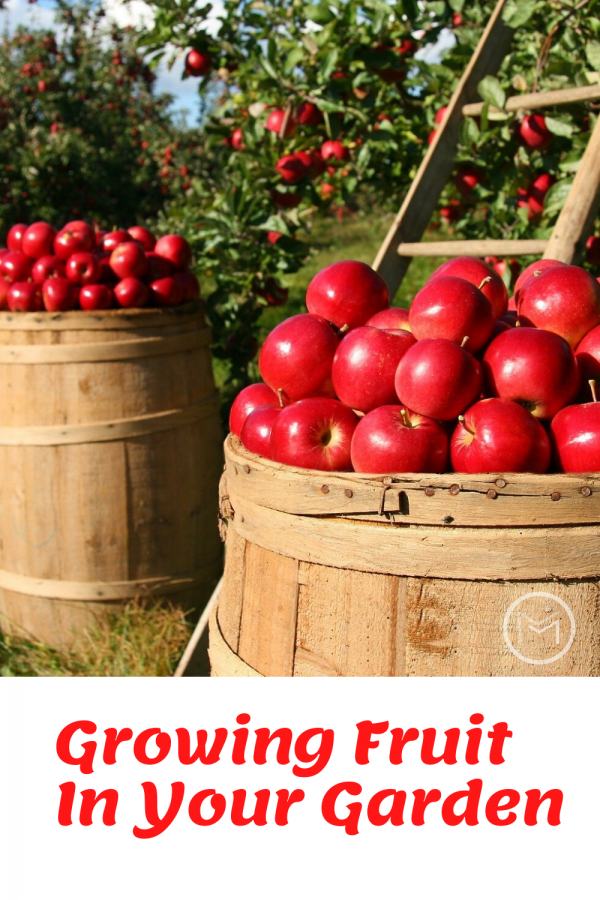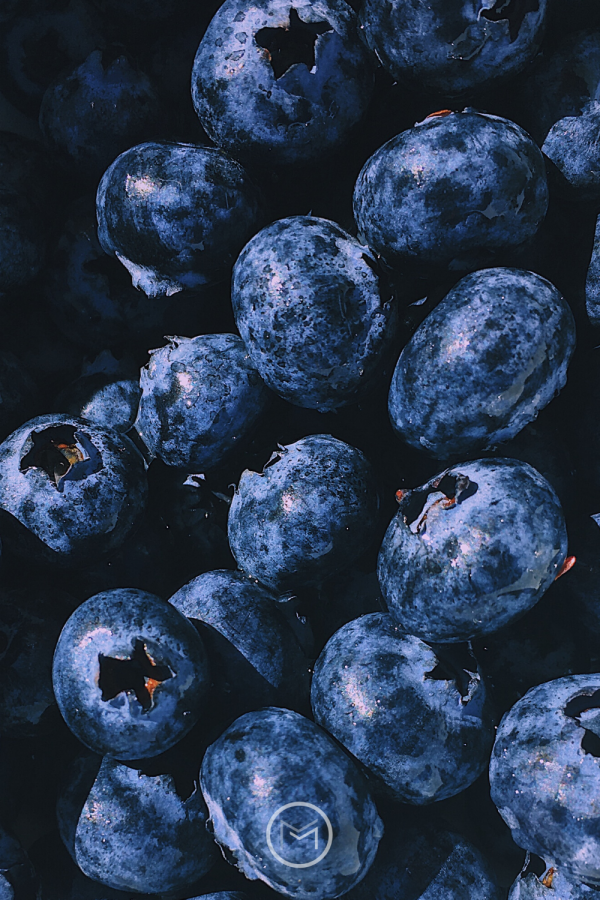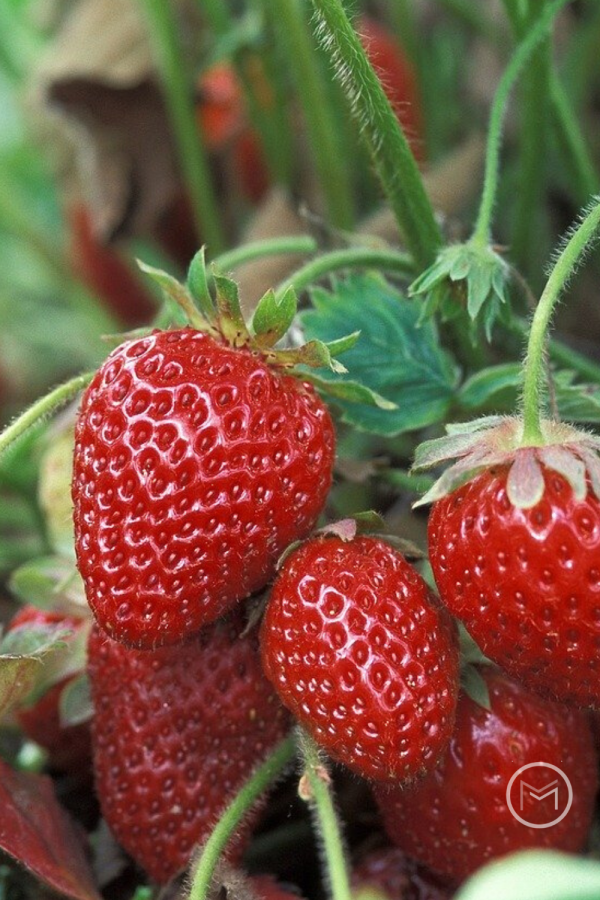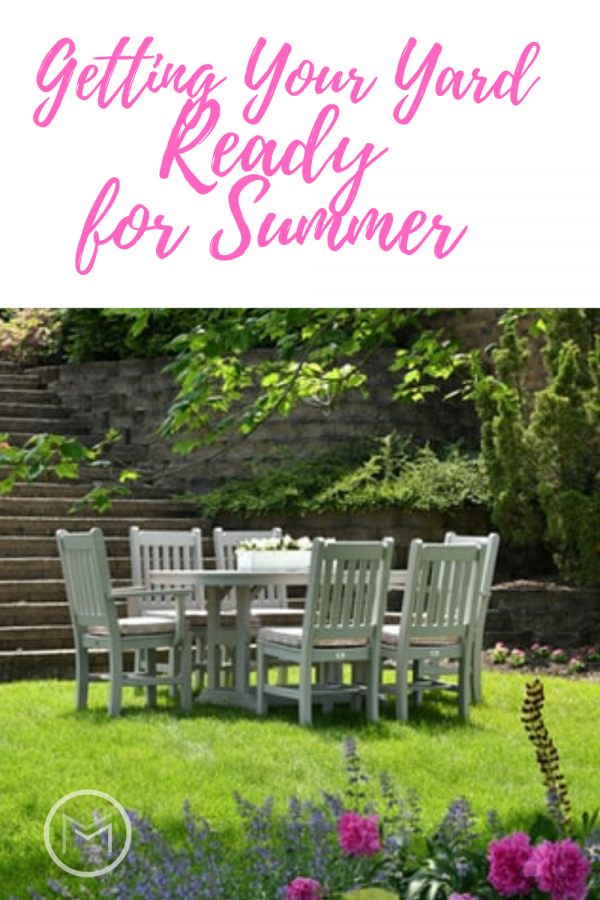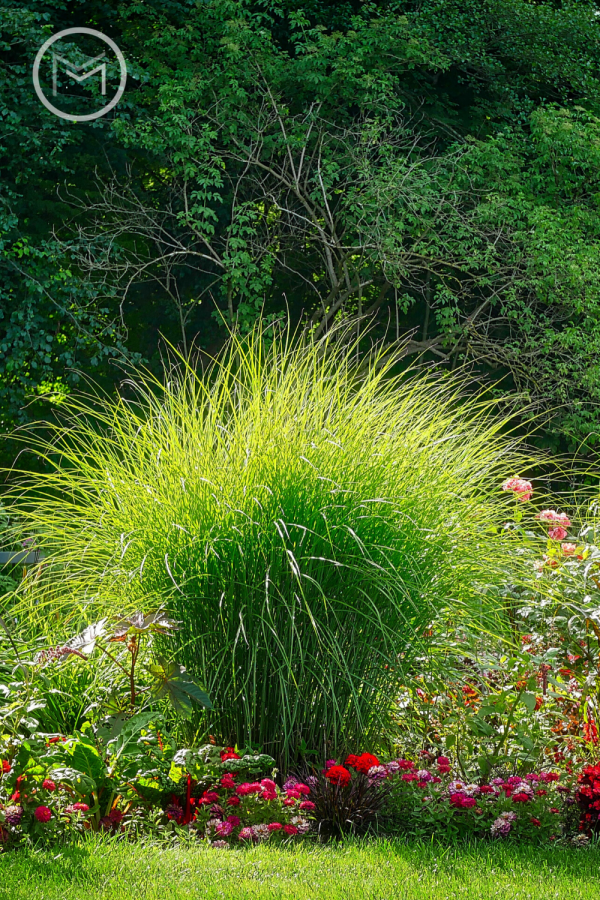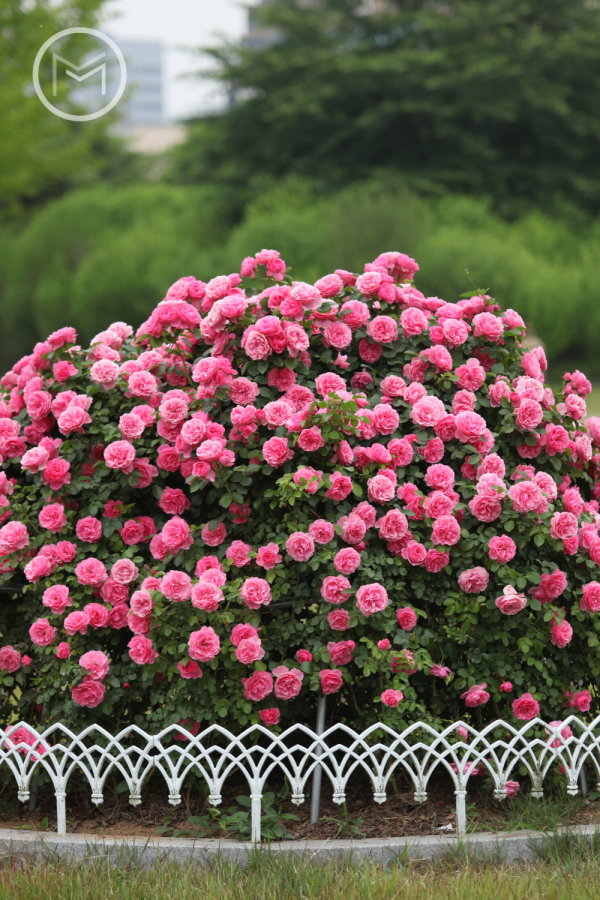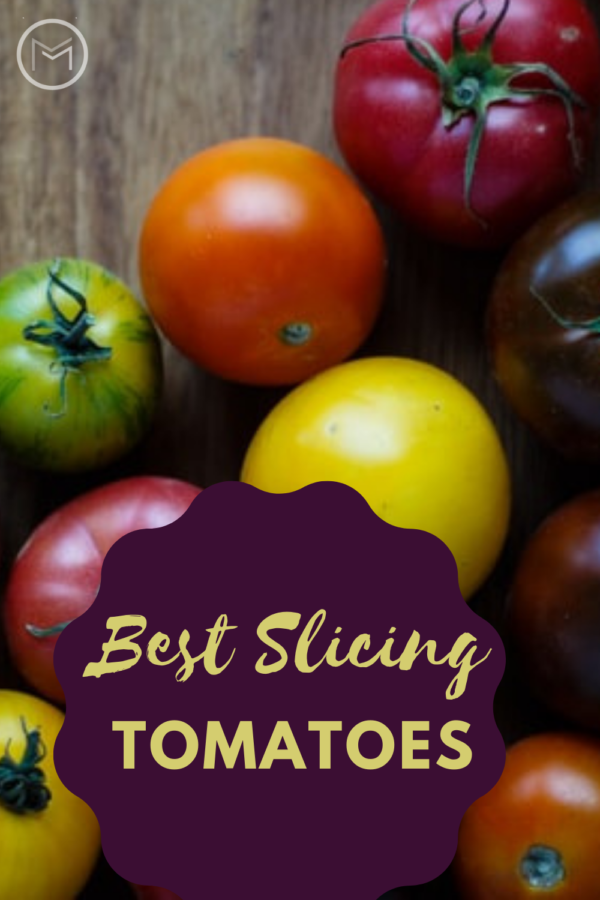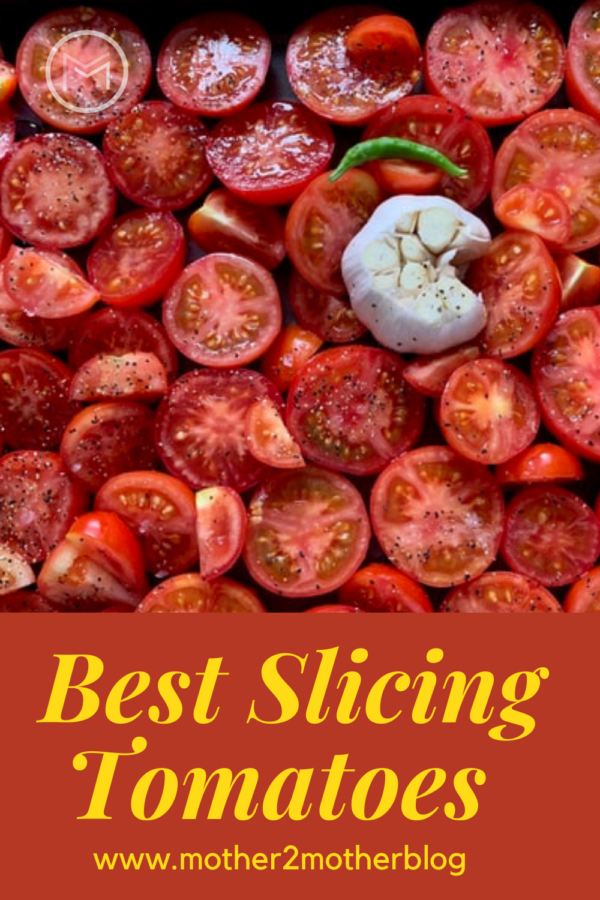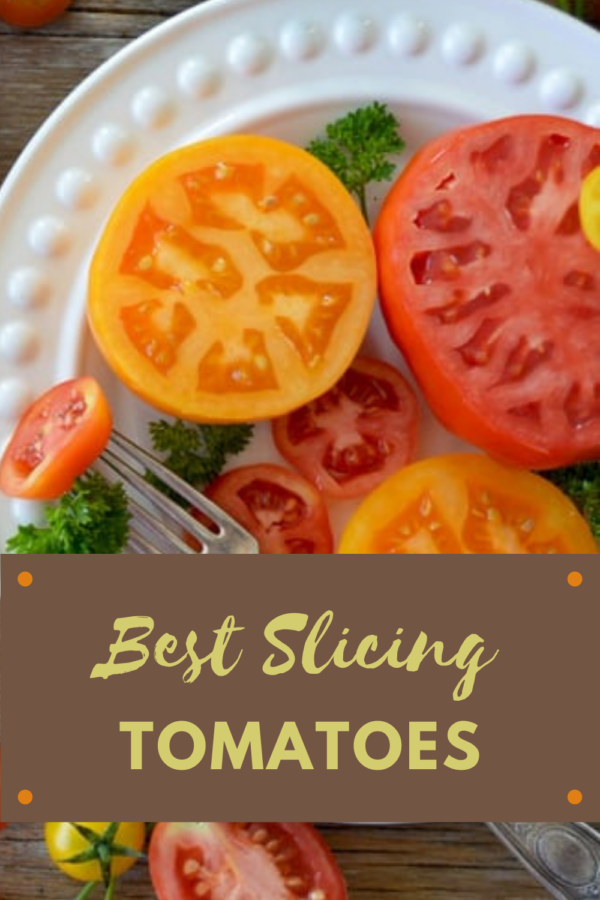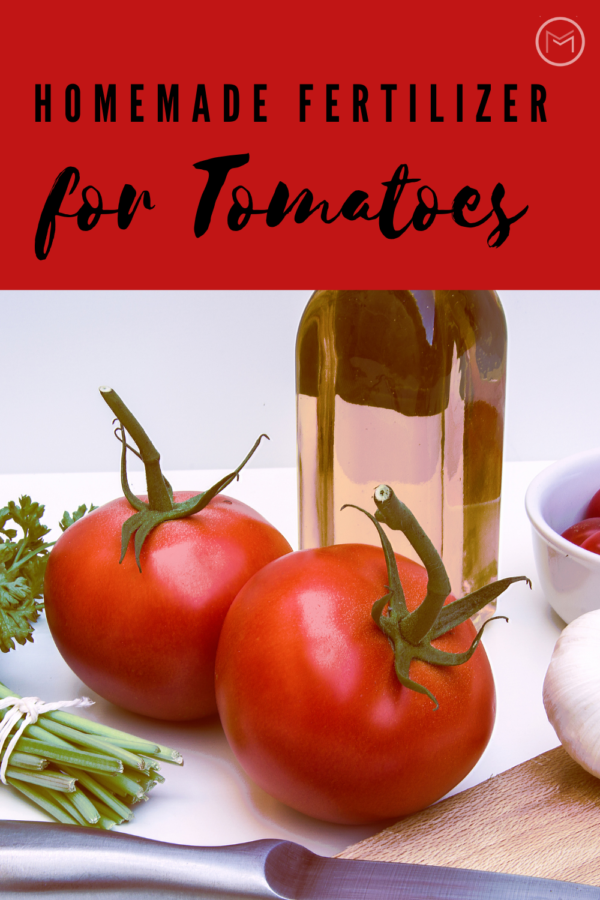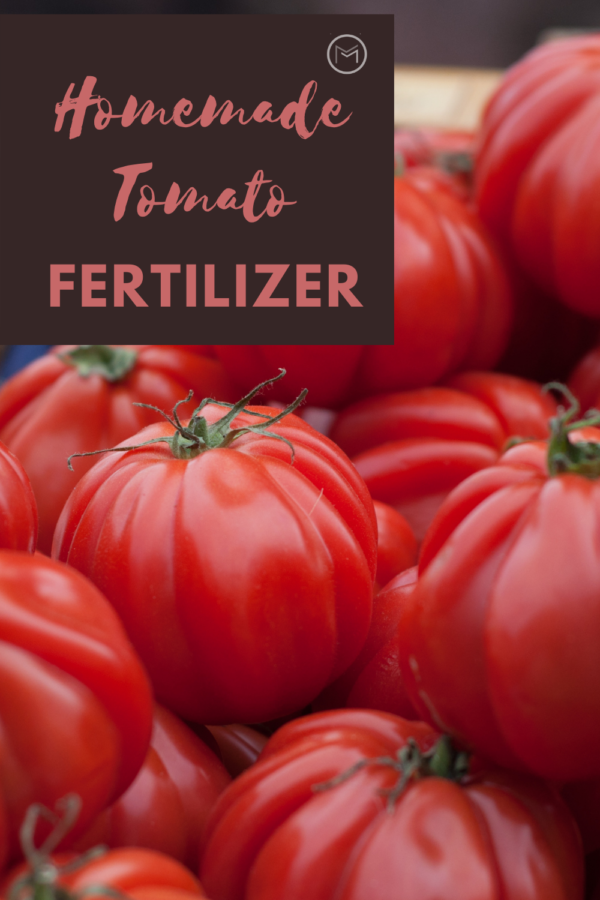Today, I’m sharing tips gardening tips on how to attract pollinators to your garden. What are pollinators and why are they needed? New gardeners often have these questions. First, lets start with what are pollinators. Pollinators carry pollen to plants so they will product flowers/blooms.
So, it’s important to plant flowers and plants that produce nectar. Nectar will attract pollinators, which include butterflies, bees, beetles, humming birds, wasps and moths. These insects and birds are our top pollinators. However, the wind is also a pollinator. Flowers, fruits and vegetables are produced by pollinators carrying pollen from one plant to the next. Without them, there will be no fruit or vegetables to harvest or beautiful flowers to enjoy. As a result, we must attract pollinators to our gardens.
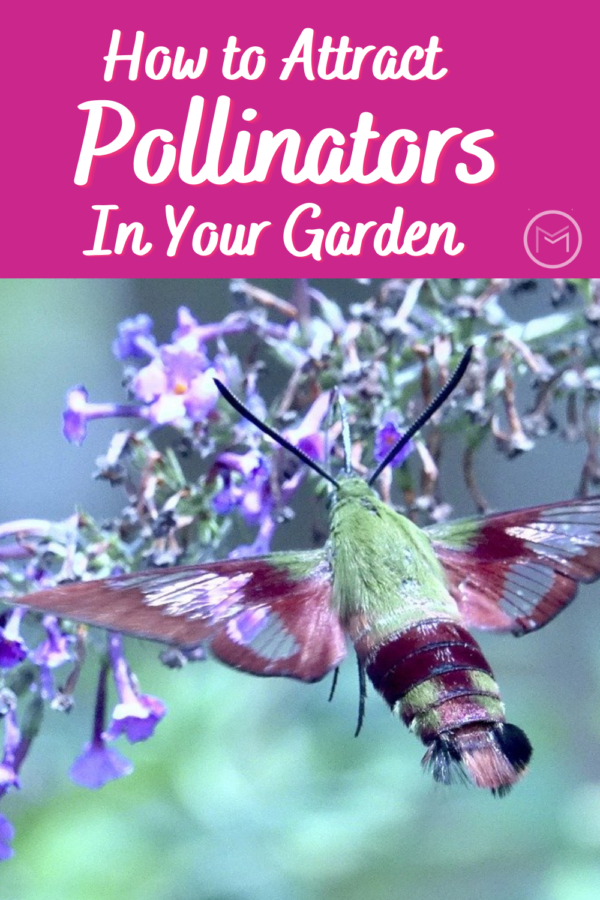
How to Attract Pollinators:
Plant Native Plants – Plant native plants rather than annuals. Native plants are those that grow naturally in a particular area. Furthermore, they act has a host for butterflies and they provide support for pollinators. Native plants require less water, fertilizer, pruning, and they require little or no pesticide.
Provide Shelter – Bumblebees need open ground and bare patches of soil to nest. Provide an area away from your entryways. I had Bumblebees make a nest in the shrubbery bed leading to my front door. That was not a good thing. Also, dead wood and tree stumps make good nesting areas. Compost piles, brush and hedges make good nesting areas too.
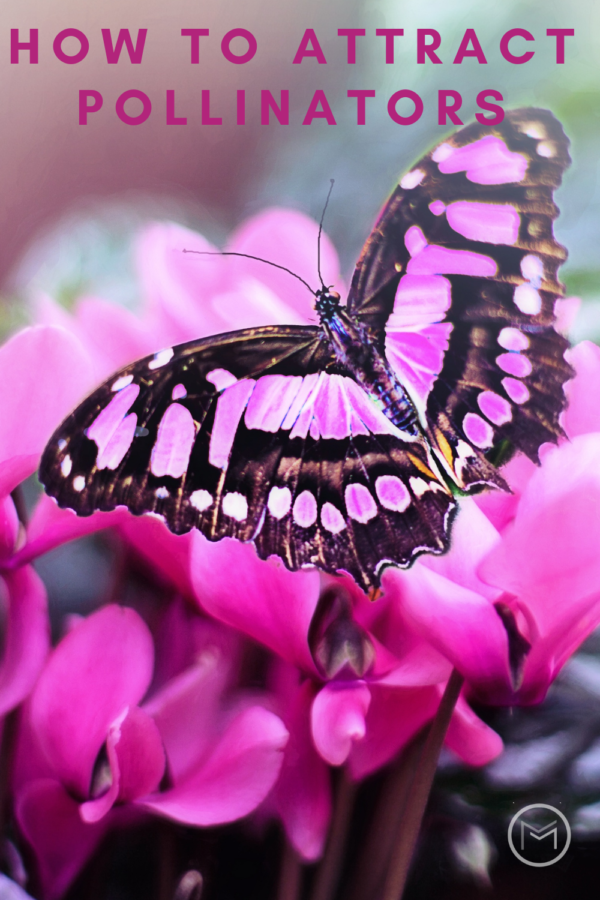
Use Different Colors in Your Garden – Make sure your garden has a variety of color and texture. Red, yellow, lavender, white, pink mix it up. Different sizes and shapes should be considered too.
Provide Water – Pollinators are living creatures, so you must provide water for them to survive. Install a pond, bird bath, fountain or shallow dish with water.
Have Something Blooming at all Times – When purchasing native plants, consider their bloom times as well as planting zones. Having a plant blooming from May to September is ideal.
Provide Flowers and Plants in Masses – Plant native plants/shrubs in masses. Five or more is great. If your garden area is not large enough to accommodate 5 or more, plant at least 3.
Provides Food – Our backyard birds need food, so look for plants that will help produce food for our feathered friends. Sunflowers, asters, coneflowers produce seeds and dogwoods, cedar and holly produce berries. Consider planting a few in your garden.
I hope these tips on how to attract pollinators were beneficial. Give some thought on what plants would work well in your backyard. Start with a small area, and increase your plantings yearly. Finally, saving seed and starting new plants can be a big money saver too.
